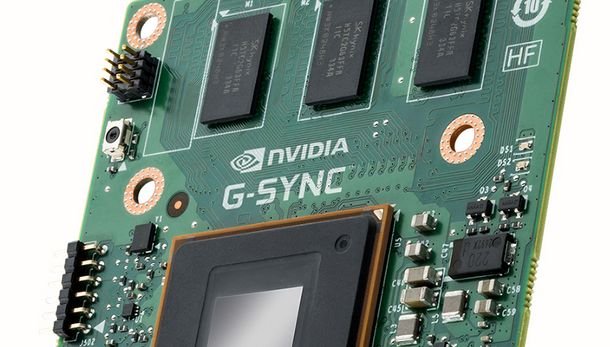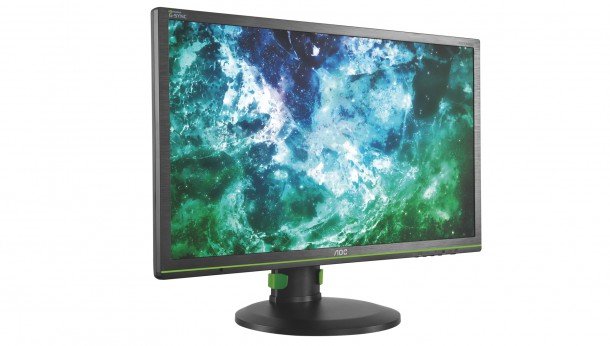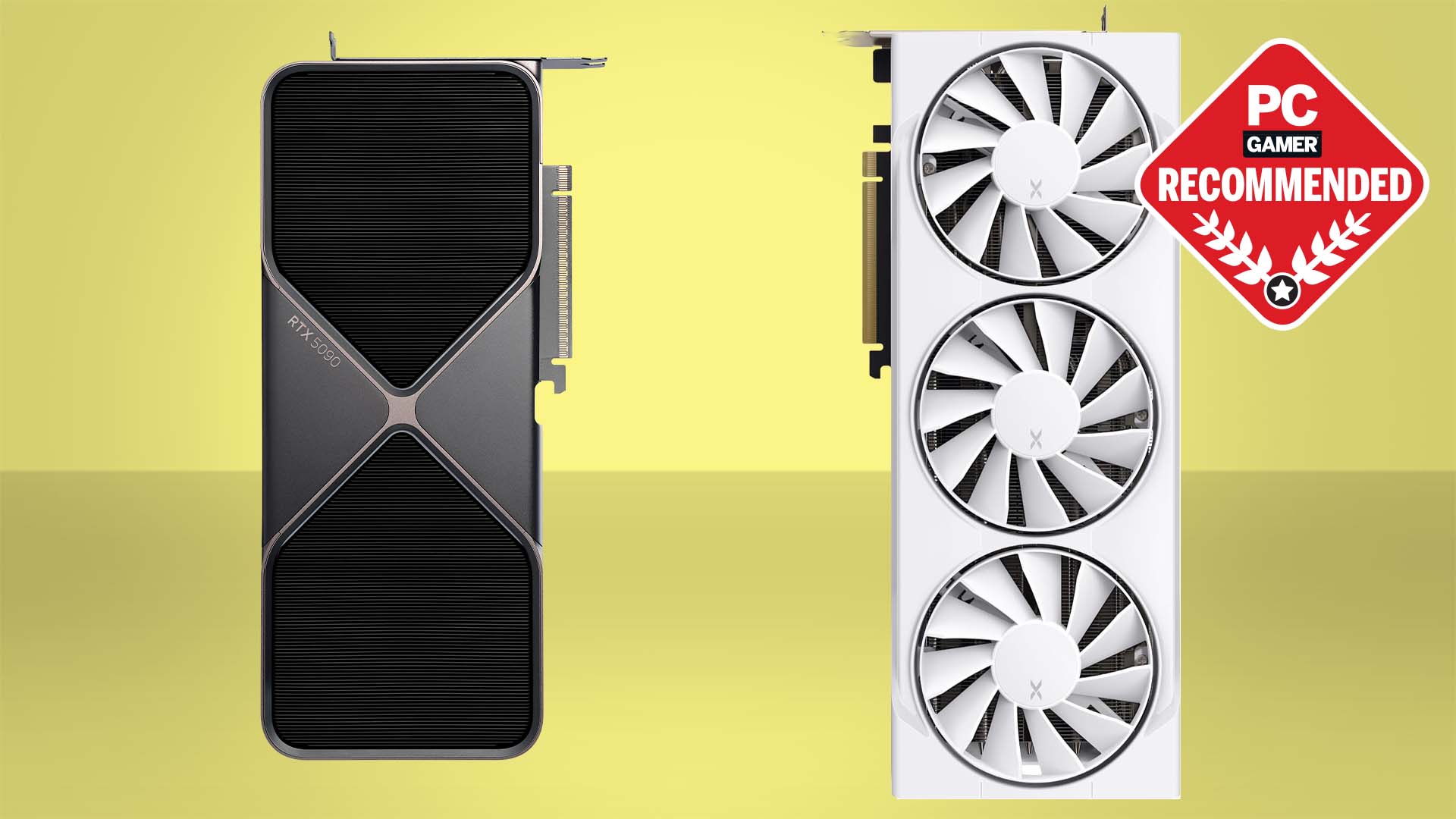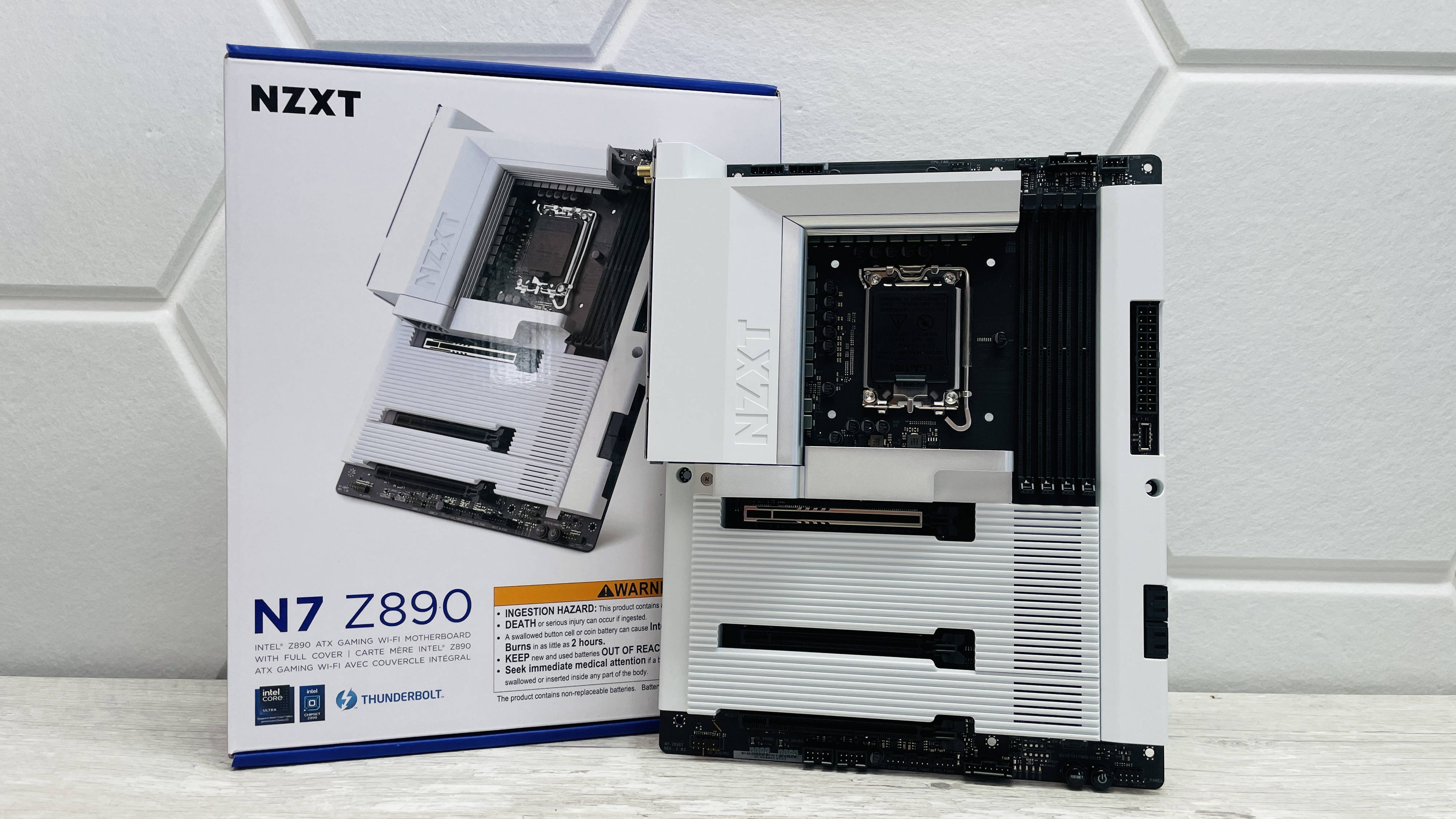AMD and VESA take on Nvidia's G-Sync anti-stutter tech

The Video Electronics Standards Association (VESA) have just announced the addition of Adaptive-Sync to the 1.2a specification of the DisplayPort connection. Now, if that isn't an attention-grabbing opening to a story I don't know what is. Bear with me though, as this new ingredient to the DP recipe should be quite a neat thing for PC gamers, as it ought to completely eradicate the problems we have with either frame-tearing or stuttery gaming performance under V-Sync.
The way it works at the moment is that if your GPU's frames per second count doesn't match up with your monitor's refresh rate then all kinds of visual artifacts will follow. The solution VESA propose enables a DisplayPort-connected monitor to match a graphics card's rendering rate on the fly, on a frame-by-frame basis.
That way you get a smoother experience without having to do anything drastic to your frame rate, or suffer from some frames getting chopped in half in front of your very eyes.
If that all sounds rather familiar it's because that's pretty much what Nvidia's G-Sync does right now, in a few expensive examples, and also because that's pretty much what AMD's Project FreeSync set out to do to laptops with embedded DisplayPort.
AMD describes the difference between G-Sync and its own tech as expensive-and-proprietary vs. industry-standard. “G-Sync uses expensive and proprietary hardware. In contrast, Project FreeSync utilises the industry-standard DisplayPort Adaptive-Sync specification to promote wider adoption lower cost of ownership and a broad ecosystem of compatibility.”
It's no coincidence that Adaptive-Sync and FreeSync are set to work so well together, according to AMD “the DisplayPort Adaptive-Sync specification was ported from the Embedded DisplayPort specification through a proposal to the VESA group by AMD.”
Adaptive-Sync is the only missing piece of the jigsaw for getting Project FreeSync working with external monitors as most of AMD's existing GPU range are just waiting for compatible monitors with the DisplayPort 1.2a spec to arrive. AMD's APUs are also mostly compatible too.
Keep up to date with the most important stories and the best deals, as picked by the PC Gamer team.
That would all be great news if those compatible monitors were set to arrive anytime soon. The problem with the industry standards body announcing a new addition to a spec is that it's going to be ages before that trickles down into products we can actually buy. AMD estimate that Adaptive-Sync compatible screens are about six to twelve months away. Sigh.

So, while AMD is all excited about getting in on an industry standard with FreeSync and the fact it will require no licensing costs or higher end-user costs, Nvidia's G-Sync tech is available right now.
And with new G-Sync screens, such as the new ones from AOC, set to arrive long before Adaptive-Sync screens do, their cost could well drop in the meantime. Whether Nvidia decides to support the Adaptive-Sync spec with its current or upcoming GPUs is still open to question.

Dave has been gaming since the days of Zaxxon and Lady Bug on the Colecovision, and code books for the Commodore Vic 20 (Death Race 2000!). He built his first gaming PC at the tender age of 16, and finally finished bug-fixing the Cyrix-based system around a year later. When he dropped it out of the window. He first started writing for Official PlayStation Magazine and Xbox World many decades ago, then moved onto PC Format full-time, then PC Gamer, TechRadar, and T3 among others. Now he's back, writing about the nightmarish graphics card market, CPUs with more cores than sense, gaming laptops hotter than the sun, and SSDs more capacious than a Cybertruck.

